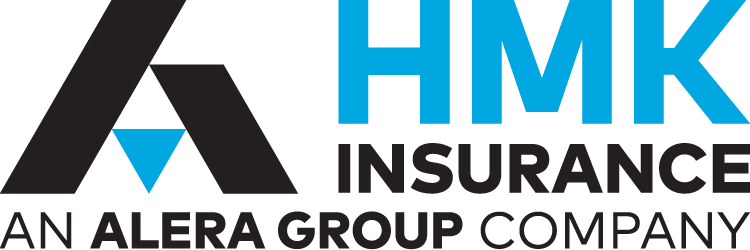 A few years ago, a friend of mine needed to have a septoplasty due to allergies. It was not a major surgery, they were in the surgery center for less than 2 hours including prep time, surgery, and recovery. My friend looked like he had gotten beat up, but after a few days all the swelling was gone, along with the severe allergy problems, and he was back to normal.
A few years ago, a friend of mine needed to have a septoplasty due to allergies. It was not a major surgery, they were in the surgery center for less than 2 hours including prep time, surgery, and recovery. My friend looked like he had gotten beat up, but after a few days all the swelling was gone, along with the severe allergy problems, and he was back to normal.
Then, about a month later my friend called and asked if I would look at the bill they received. The total charges were over $87,000. Even with the PPO Discount received, it showed the insurance company allowed over $16,000, and they were on the hook for around $4,000 (their deductible). Something must be wrong, how could an outpatient surgery that lasted less than 20 minutes cost THAT much?
When I looked at the Explanation of Benefits (EOB), I thought I had figured it out. I am after all, very smart. On the EOB, most charges were listed twice. Medical billing errors are rampant, insurance carriers rarely ever actually look at a claim, so I assumed this would be an easy one. I would make a quick call to the insurance company advising they paid twice for everything would make them happy and my friend’s employer would be happy since they paid $12,000 (they are self-insured). Even though my friend would still be on the hook for their $4,000 deductible, $8,000 seemed like a much more reasonable cost (if not still high) for this kind of surgery.
Well, I always like to joke and say I have only been wrong twice in my life. Once when I was in 3rd grade, and once when I was at Newark Airport with my wife. This was a third time. My friend called back and said the very curt claims representative from the insurance carrier told them that the EOB was in fact correct. The reason the charges were listed twice was because they charged for each nostril.
The reason this type of egregious billing can occur is because of something called “fee for service”. This is a type of reimbursement arrangement insurance companies have with providers, which as the name suggests, says they will pay the provider a set fee (at a discount) for a service. It is usually terribly wasteful, encouraging providers to provide as much “service” as they can to get paid more. What is even worse is that if the provider provides a bad service under this model, they will get paid even more if they must do additional procedures or office visits to fix their mistakes.
But what can you, an employer providing medical insurance to employees, do to help change this system and get care that is not only cost effective, but does not promote excessive treatment or poor outcomes?
First, ask if your current health insurance plan pays providers on a fee for service model, or a different model that promotes high quality, value driven care. These new payment models are often referred to as “Accountable Care”, and incorporate not just services provided, but cost and quality of those services. If a doctor is over prescribing services, has outcomes that are sub-par, or both, their payments are cut. If they provide quality services and have good outcomes, their payments are higher. Many Accountable Care contracts also incorporate a bundled payment as a course of treatment (rather than charging for each individual service) and hold the provider responsible to fix their mistakes at their cost.
Over the last couple years, these Accountable Care Organizations/ Arrangements have begun to proliferate. Most likely, the health insurance carrier you are accessing right now has a mix of providers who are fee for service based and accountable care based in your plan now. The key is to find out who these providers are and encourage your employees to seek care there if appropriate. You can also pair this information with other price transparency tools available either through your carrier/TPA or a third party like Healthcare Blue Book.
As a wise old cartoon I used to watch told me, knowing is half the battle. The other half is doing it. Getting the information and tools and giving it to your employees is a very important first step. Getting them to act upon it is the other half of the battle.

Michael Stocker
Employee Benefits Strategist





